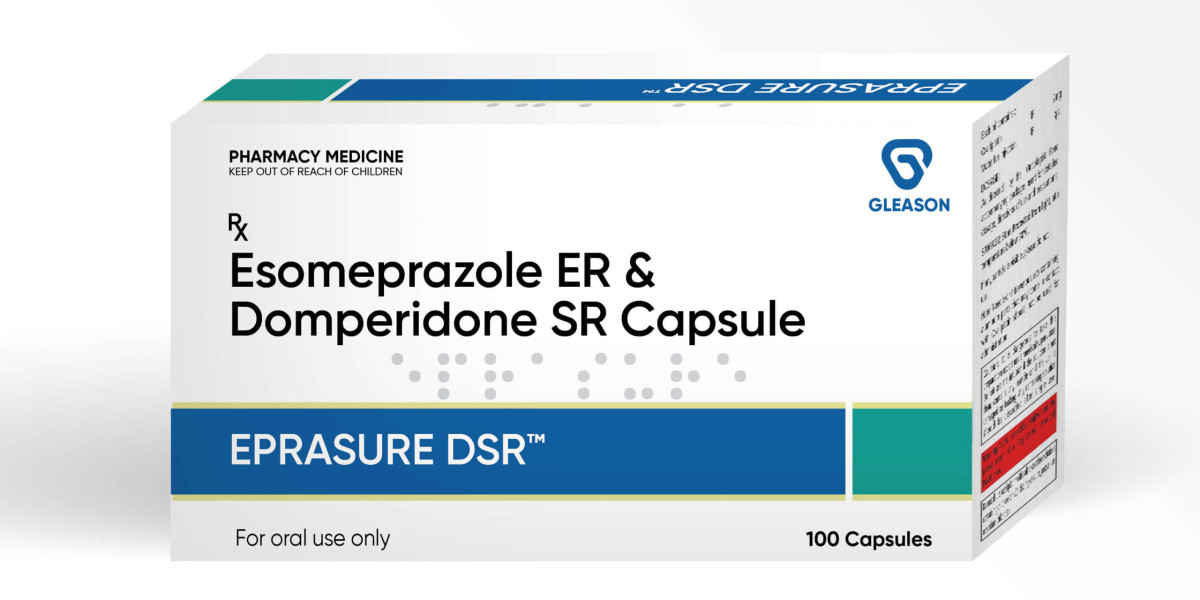Sunspots, also known as age spots or liver spots, are flat, darkened patches that appear on the skin due to prolonged sun exposure. They are a common concern for many individuals seeking a more even complexion and youthful appearance. At Cutis Hospital, we understand the impact of sunspots on your skin and offer comprehensive solutions to address them. In this blog, we will delve into the causes of sunspots, discuss prevention strategies, and explore effective treatment options, including the best anti ageing treatment available.
Causes of Sunspots
Sunspots are primarily caused by excessive exposure to ultraviolet (UV) rays from the sun. Here’s a closer look at the factors contributing to their formation:
UV Radiation: The primary cause of sunspots is prolonged and unprotected exposure to UV radiation. UV rays stimulate the production of melanin, the pigment responsible for skin color. When melanin is produced in excess, it can lead to the formation of dark spots on the skin.
Aging: As we age, our skin’s ability to repair itself decreases, making it more susceptible to damage from UV rays. The cumulative effect of sun exposure over the years can lead to the development of sunspots.
Genetics: Some individuals may be more prone to sunspots due to their genetic makeup. If you have a family history of sunspots or age spots, you might be more likely to develop them.
Hormonal Changes: Hormonal changes, such as those experienced during pregnancy or while taking certain medications, can increase melanin production and contribute to the development of sunspots.
Prevention of Sunspots
Preventing sunspots involves protecting your skin from UV damage and adopting healthy skincare habits. Here are some effective strategies:
Use Sunscreen: Applying a broad-spectrum sunscreen with an SPF of 30 or higher daily is crucial in protecting your skin from UV radiation. Sunscreen should be reapplied every two hours, especially if you are outdoors for extended periods.
Wear Protective Clothing: Wearing hats, sunglasses, and long-sleeved clothing can provide additional protection from the sun’s harmful rays.
Seek Shade: Avoiding direct sunlight during peak hours (10 a.m. to 4 p.m.) can reduce your risk of sunspots. Seeking shade or using umbrellas can help protect your skin from UV exposure.
Regular Skin Checks: Regularly examining your skin for any changes, such as new spots or changes in existing spots, can help you detect sunspots early and seek appropriate treatment.
Healthy Diet: Consuming a diet rich in antioxidants, vitamins, and minerals can support skin health and help protect it from UV damage. Foods high in vitamins C and E are particularly beneficial.
Treatment Options for Sunspots
If you already have sunspots, various treatments can help reduce their appearance and improve your skin’s overall tone and texture. At Cutis Hospital, we offer a range of effective treatments, including some of the best anti-aging treatments available. Here are some popular options:
1. Laser Therapy
Laser therapy is one of the most effective treatments for sunspots. This procedure uses targeted laser light to break down the excess melanin in sunspots, leading to a more even skin tone. Fractional lasers, such as the Fraxel laser, can be particularly effective in treating sunspots and improving skin texture.
2. Chemical Peels
Chemical peels involve applying a solution to the skin that exfoliates the outer layers, helping to fade sunspots and reveal fresh, new skin underneath. Different types of chemical peels, such as glycolic acid or salicylic acid peels, can be tailored to your skin’s needs.
3. Microdermabrasion
Microdermabrasion is a non-invasive procedure that uses tiny crystals to exfoliate the skin’s surface, removing dead skin cells and sunspots. This treatment can also stimulate collagen production, improving skin texture and tone.
4. Topical Treatments
Topical treatments, such as creams containing hydroquinone, retinoids, or vitamin C, can help lighten sunspots over time. These products work by inhibiting melanin production and promoting skin cell turnover.
5. Intense Pulsed Light (IPL) Therapy
IPL therapy uses broad-spectrum light to target pigmented areas of the skin, including sunspots. This treatment helps to break down excess melanin and improve skin tone.
The Best Anti-Aging Treatments for Sunspots
When addressing sunspots, many individuals also seek solutions that offer anti-aging benefits. At Cutis Hospital, we provide some of the best anti-aging treatments that can effectively target sunspots and address signs of aging simultaneously. These treatments include:
- Ultherapy
Ultherapy uses ultrasound technology to stimulate collagen production in the deeper layers of the skin. By promoting collagen renewal, Ultherapy helps tighten skin and reduce the appearance of sunspots, giving you a more youthful and rejuvenated look.
- Radiofrequency Therapy
Radiofrequency therapy heats the skin’s deeper layers to stimulate collagen and elastin production. This treatment improves skin elasticity and firmness while also reducing the appearance of sunspots.
- PRP (Platelet-Rich Plasma) Therapy
PRP therapy involves using your blood’s platelets to promote healing and rejuvenation in the skin. This treatment can improve skin texture, reduce sunspots, and provide an overall anti-aging effect.
Conclusion
Sunspots can be a common concern as we age, but with proper prevention and effective treatment options, it’s possible to reduce their appearance and achieve a more youthful complexion. At Cutis Hospital, we are committed to offering the best anti ageing treatment in Bangalore to address sunspots and other signs of aging.
If you’re seeking to improve your skin’s appearance and reduce sunspots, contact Cutis Hospital today. Our team of experienced dermatologists and aesthetic specialists will work with you to create a personalized treatment plan that addresses your specific needs and goals. With our advanced treatments and expert care, you can enjoy healthier, more radiant skin and a rejuvenated look.








